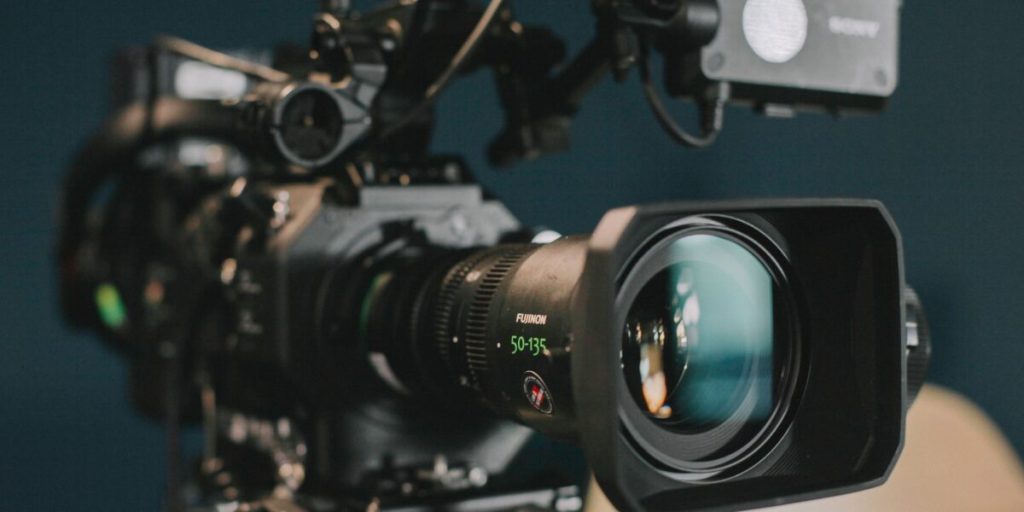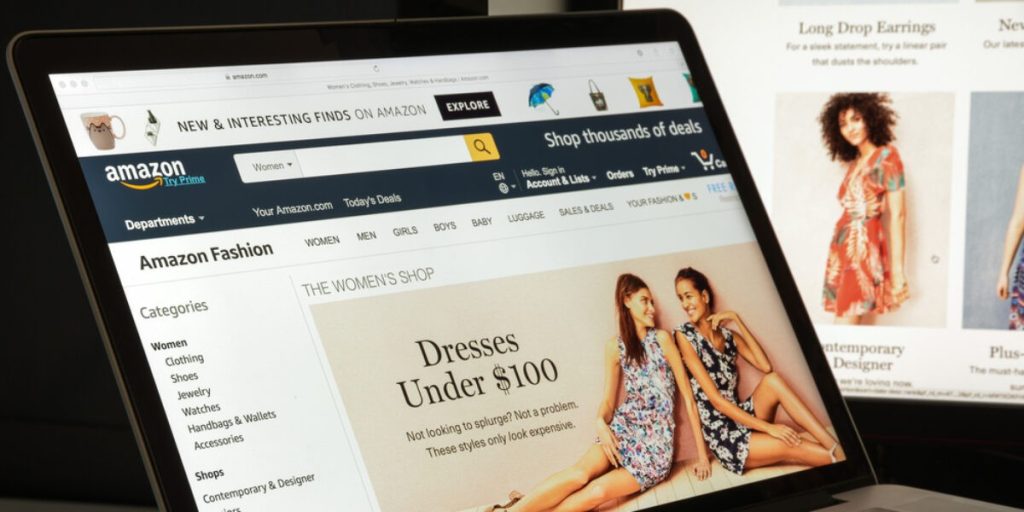The Do’s and Don’ts of Marketing to Gamers
Want to dive deeper into community-based gamer marketing? Connect with a full-service agency to help you launch your gamer marketing campaign. Pop quiz: How familiar are you with Discord, Twitch, and Fortnite? If your answer is “not very,” you’re probably not in a strong position to market to the gaming community. That’s a significant loss, …










